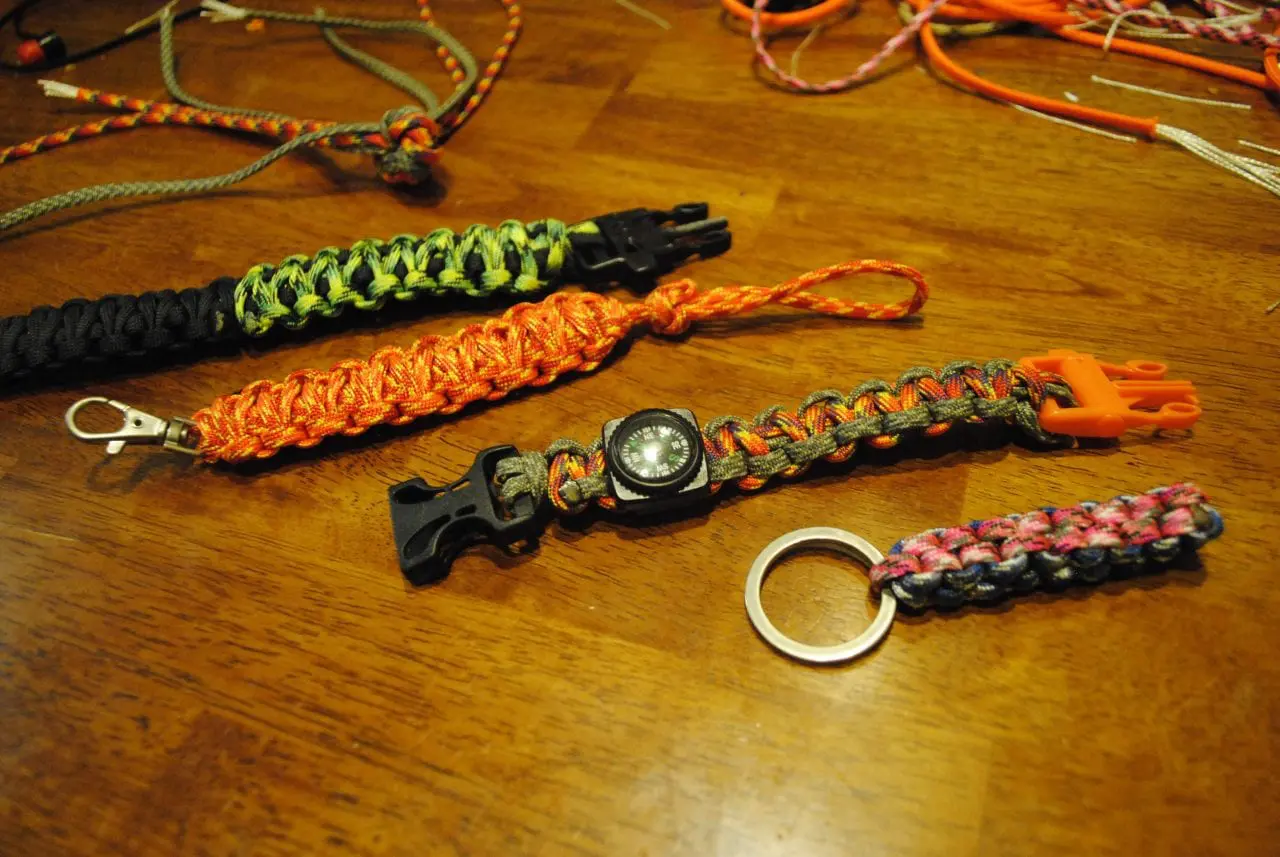How to Tie Paracord Knots

Not very many years ago, the parachute cord was discovered to be one of the most versatile types of rope available - it’s remarkably strong, considering it is also highly flexible, and the texturing gives it an excellent grip. It can create toys, tools, traps, and more. Below, you will find instructions on how to tie a few of our favorite paracord knots.
Paracord Monkey Fist Knot
When figuring out how to tie a monkey fist knot with a paracord, the ball size (if you use one) will determine how many passes to run when completing the pattern. Otherwise, the following steps will still work, but just be aware that using a larger ball will require extra work. Also, if this is your first time making knots with paracord, you might want to start with one or two other knots on this page. To make a monkey fist knot:
- Loop the paracord about three times around your fingers
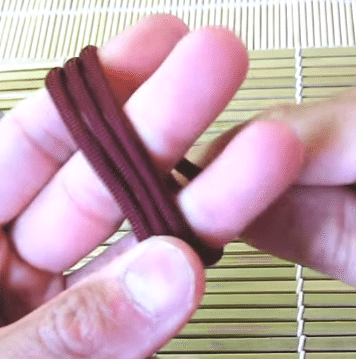
- On the fourth loop, pinch the bottom with your thumb to prepare perpendicular loops
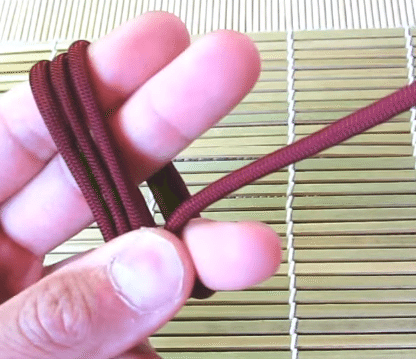
- Pass the paracord three times perpendicular to the first loops
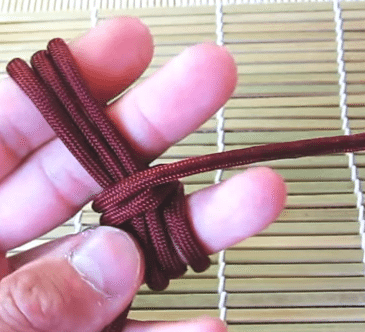
- Transition to two fingers and insert weight (marble or ball of some sort) into the middle of the loops
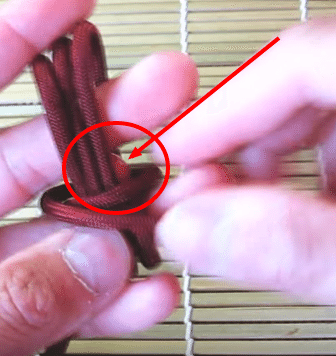
- Remove fingers from inside
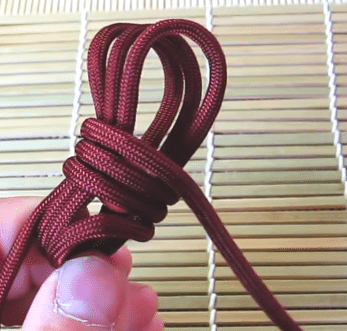
- Make horizontal alternating passes through the first loops
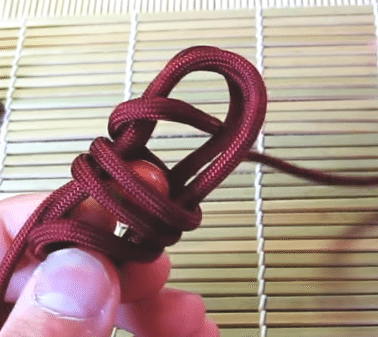
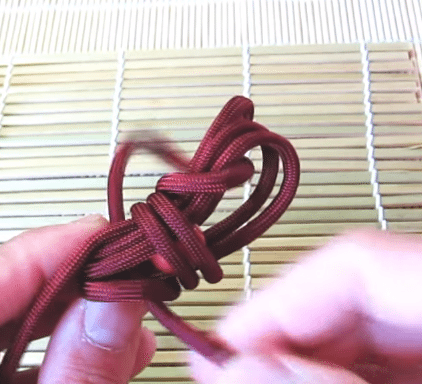
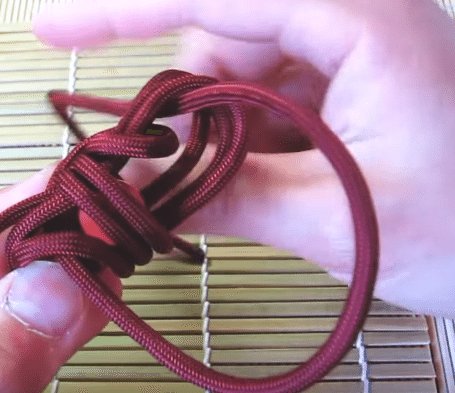
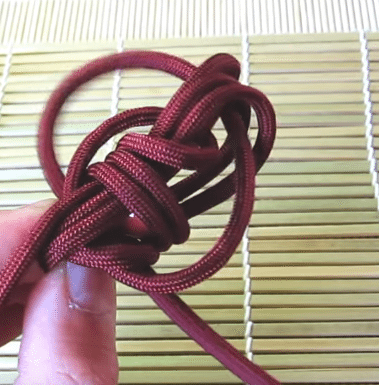
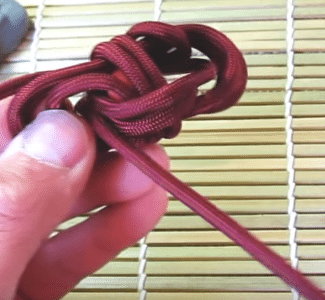
- Check to make sure there are three strands on all sides at this point
- Cinch out all the slack by pulling each slacked loop one at a time
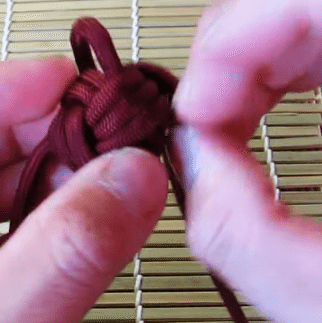
- Knot additional line, however you prefer
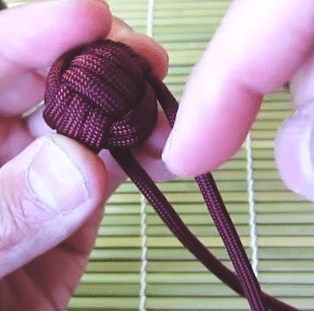
Paracord Snare Knot (Poacher’s Snare)
This is the kind of knot you wear your paracord bracelet for, as its usefulness will help you catch a meal in seriously uncertain times.
- Start by making a simple loop
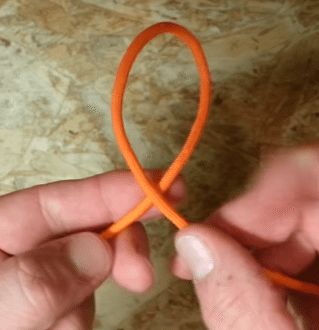
- Pinch the overlap and wrap the top paracord two times around your finger
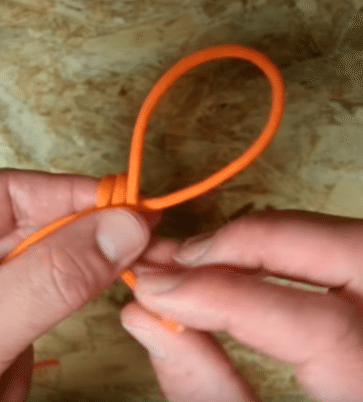
- Run the working end through the large loop and through the top loop wrapped around your finger
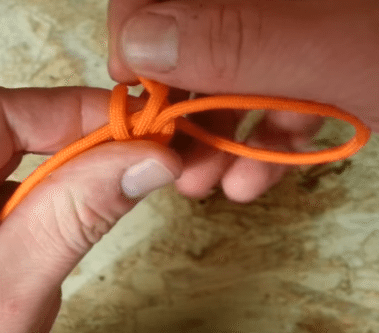
- Pull the loop and ends to cinch the knot
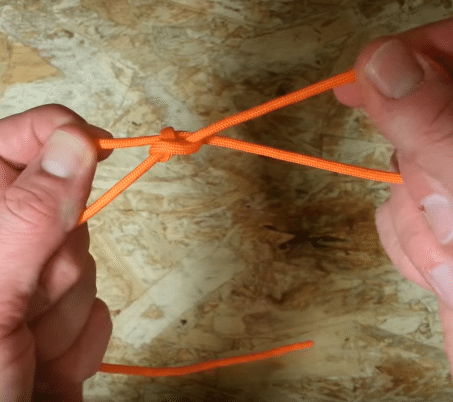
Paracord Half Hitch
The half hitch is a valuable knot in that it’s quick to tie, easy to remember, and can secure your cord to an anchor like hanging line or tie downs. Like the snare knot, it is a constrictor knot, but the half hitch’s utility is better suited to stationary objects.
- Circle your anchor point with the paracord
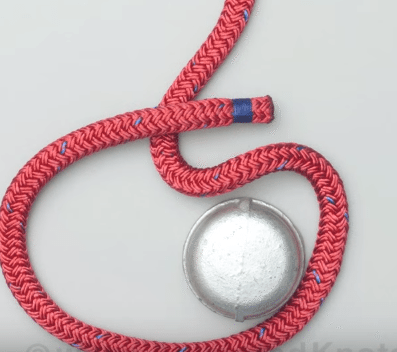
- Run the short end over and under the main line and tighten
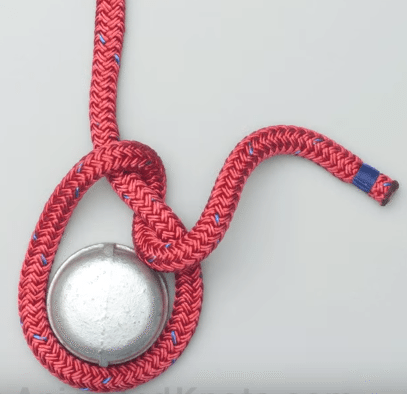
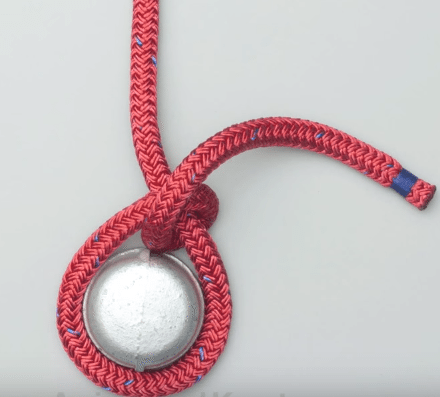
- Pass the end under the main line and leave a slightly loose
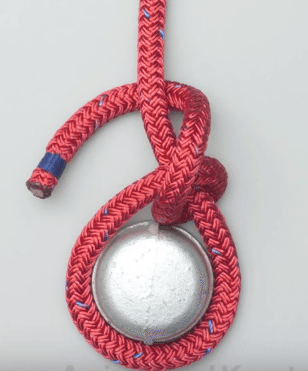
- Pass the end through the small loop created in #3
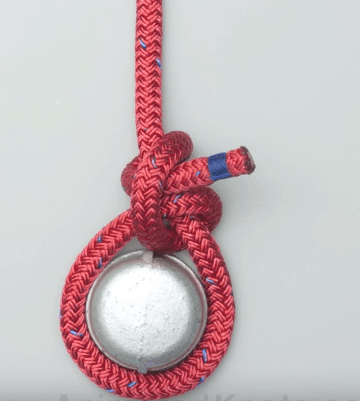
- Hold end and pull mainline to secure
Paracord Lanyard Knot (Diamond Knot)
Although the need for having a lanyard around a flashlight or knife might not be readily apparent, they are an absolute necessity when working somewhere high up, near a cliff, by a body of water, or anywhere else, it would be near impossible to find the tool if dropped.
- Fold the cord in half at its midpoint and put your weak hand’s middle finger through it
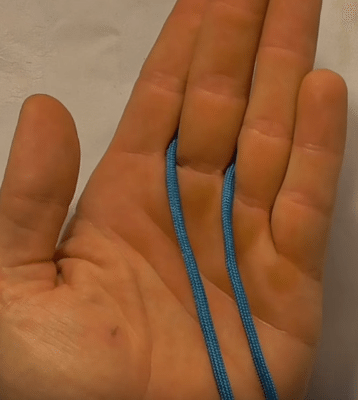
- With the right-side line, make an overhand loop

- Pinch where the loop crosses and rotate away from you one-half a rotation
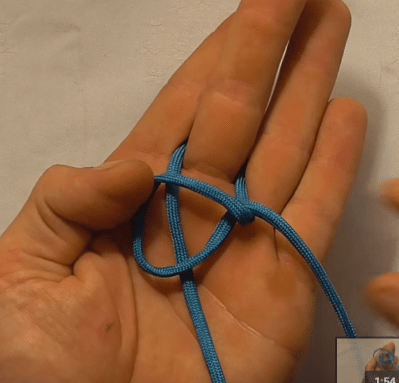
- Pull the bottom line through the loop to create another
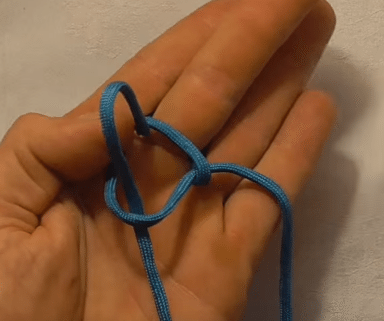
- Make the left-side end run under the right-side line
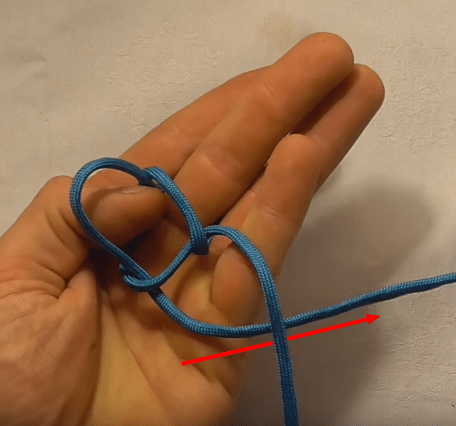
- With the same end, push it through the loop created in #4
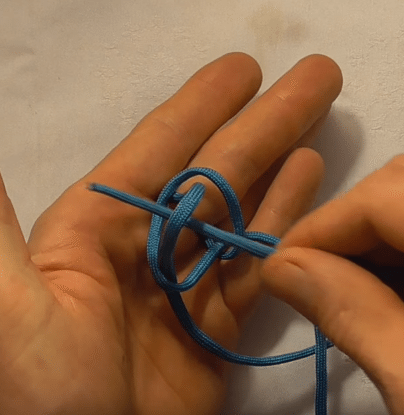
- Pull that same end until most of the slack is gone, but the paracord is still looped around your middle finger
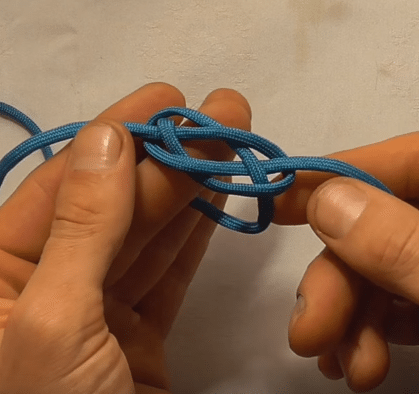
- Take the left end and wrap under the right end, then through the middle hole from the underside, then pull all the way through
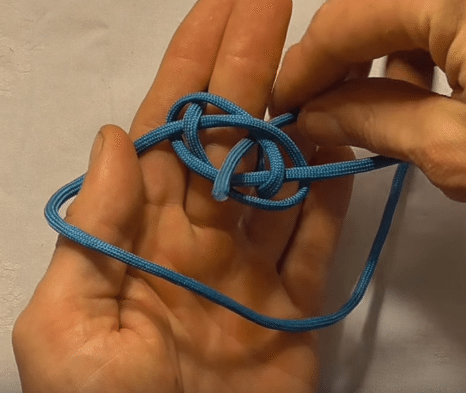
- Wrap the right end around the top and run through the center hole from the underside, and pull all the way through
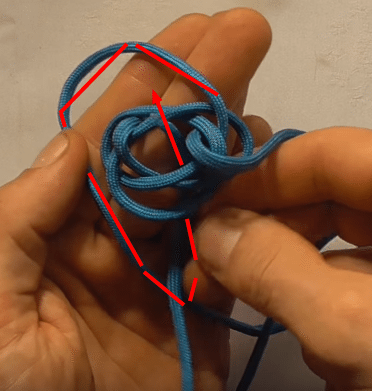
- Finish the knot by holding the two ends and pulling tight away from your middle finger
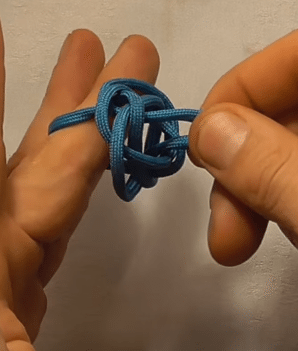
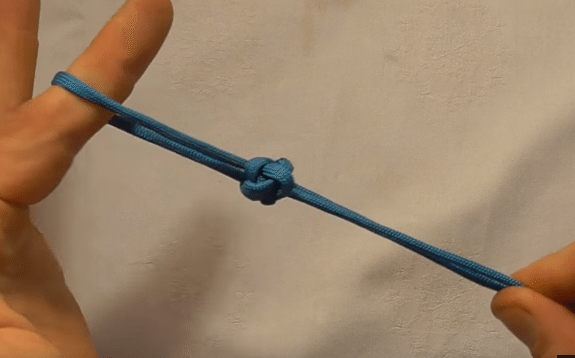
If there are any specific kinds of paracord knots that you would like to see instructions for, let me know in the comments below!
Like this post? Read more of our Paracord posts by clicking the links below:



